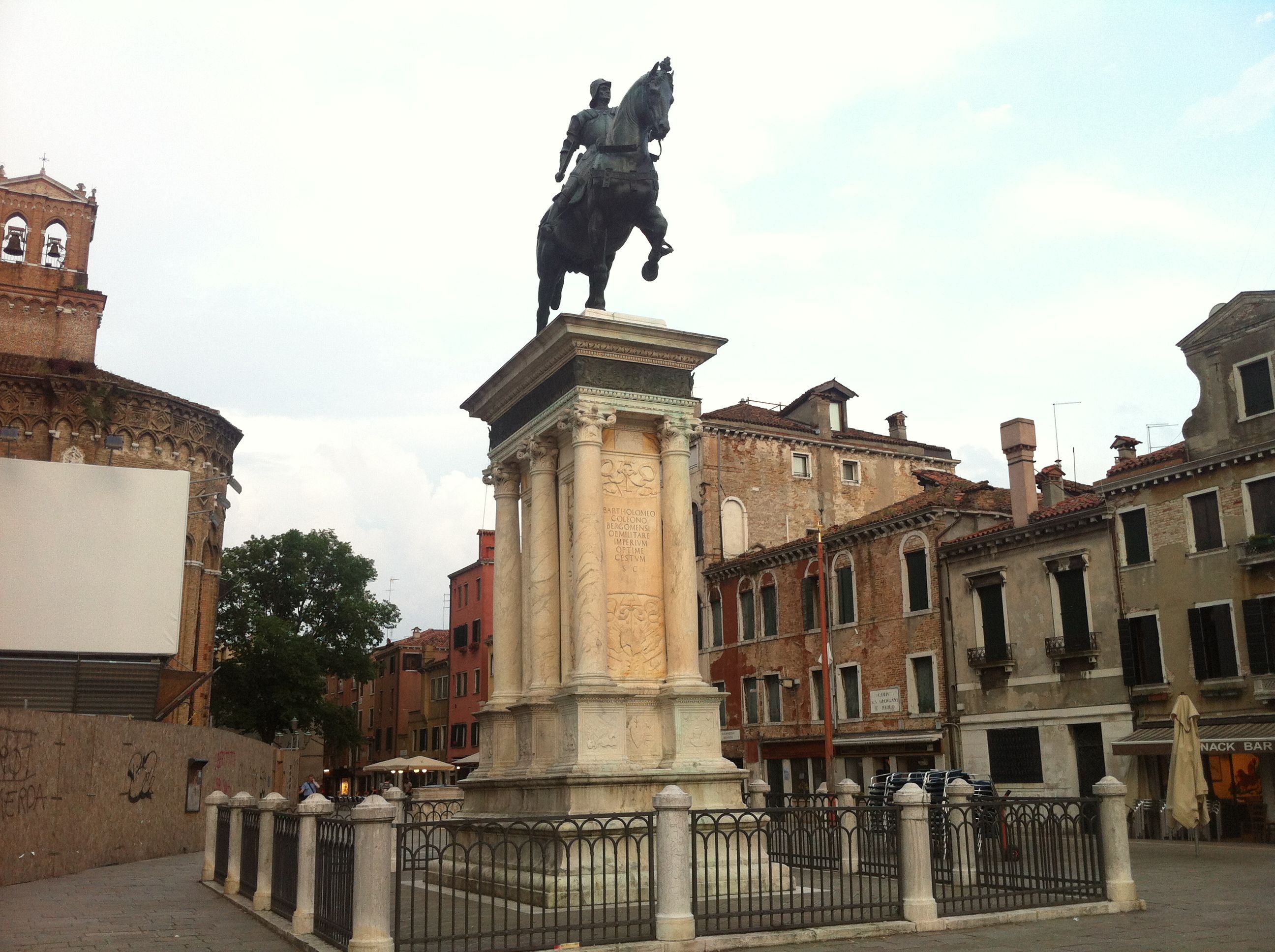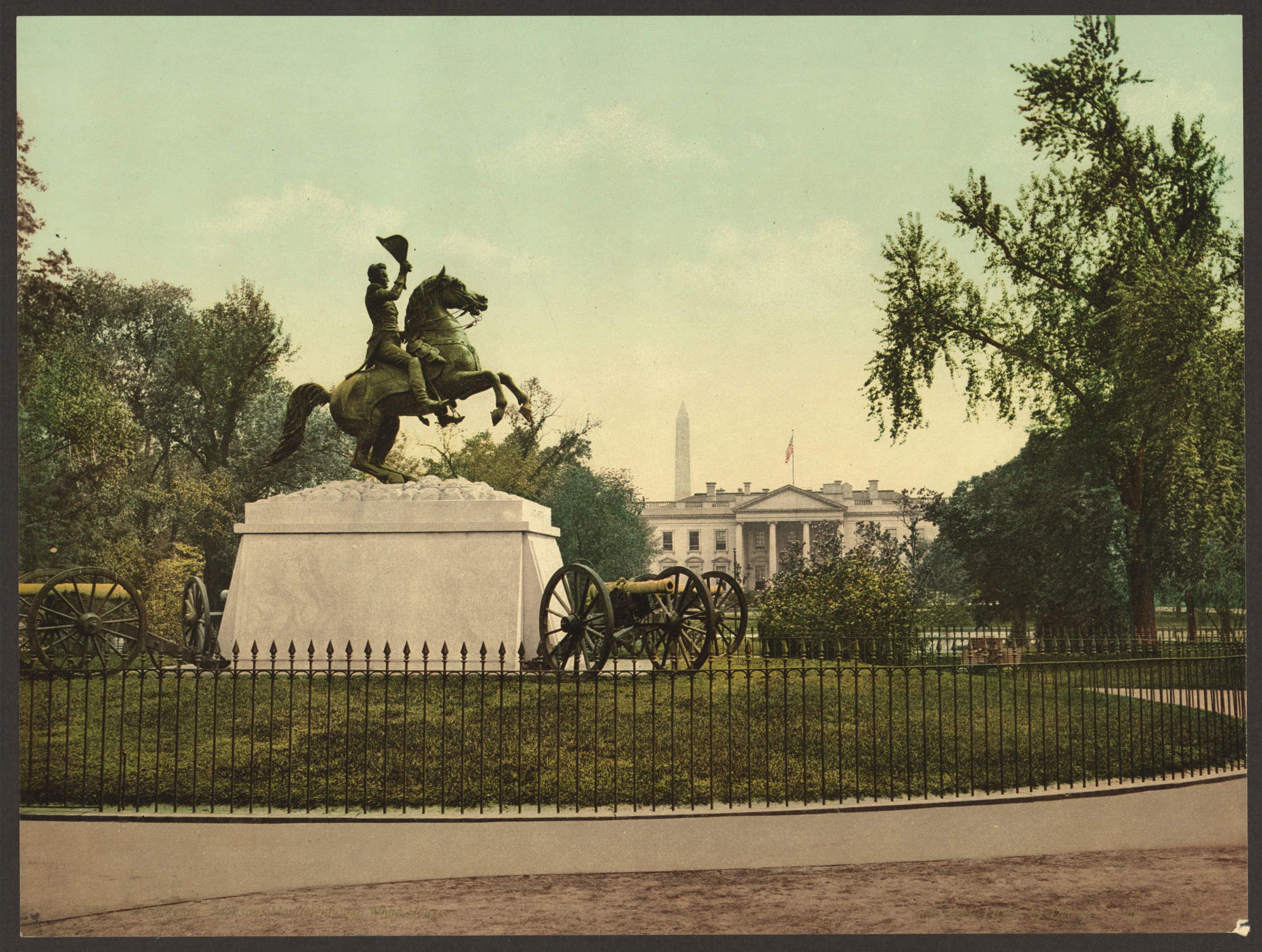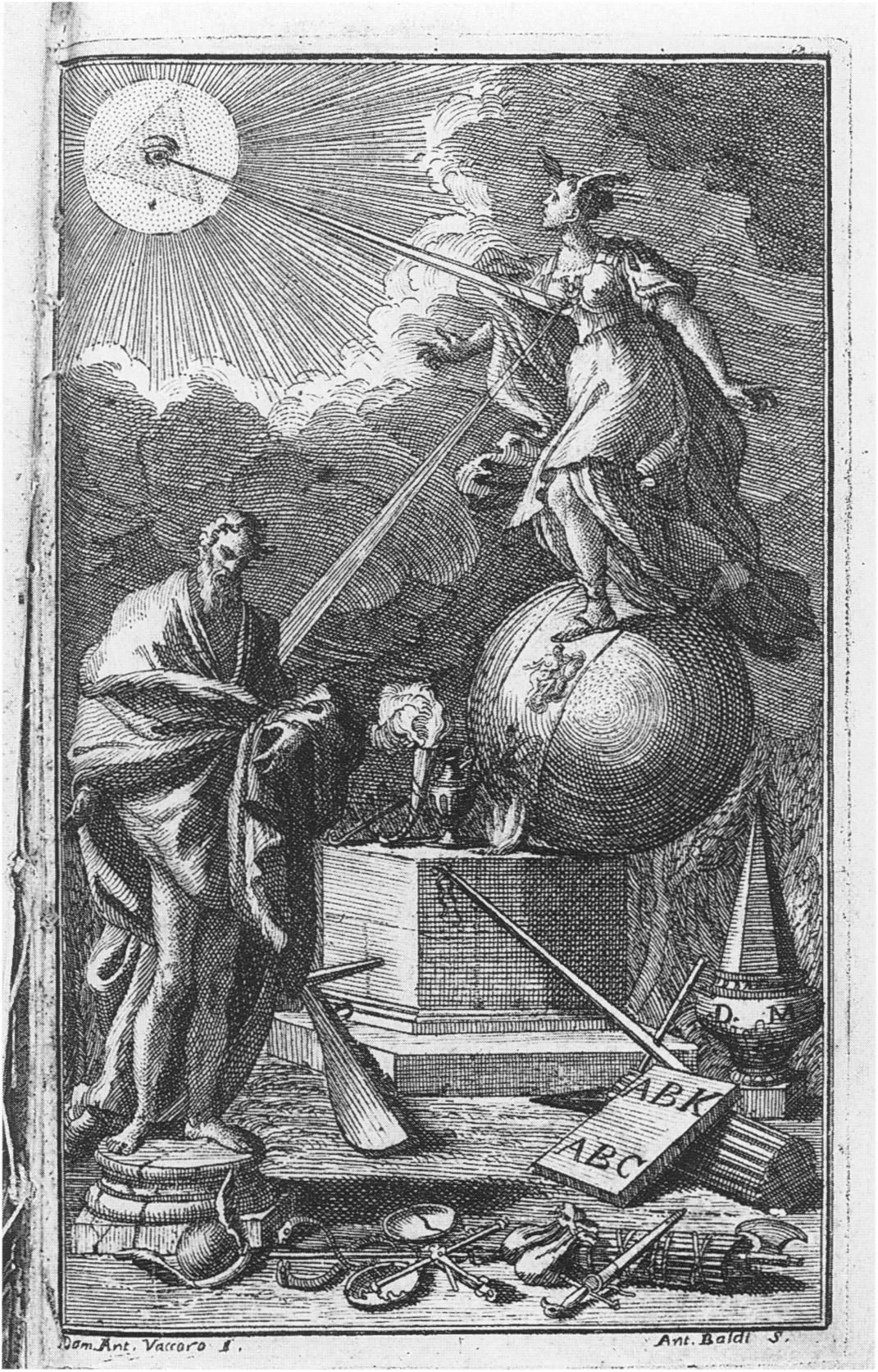Writing And Research Update No. 2
13/6/2021 ☼ post ☼ writing and research ☼ seven types of ordinary
La crisi consiste appunto nel fatto che il vecchio muore e il nuovo non può nascere: in questo interregno si verificano i fenomeni morbosi piú svariati.
The crisis consists precisely in the fact that the old is dying and the new cannot be born: in this interregnum, morbid phenomena of the most varied kind come to pass.
I’VE BEEN WRITING the introduction to the book, having settled on a strategy to get going on it; it might last the distance, or it might change. The strategy is to read Stevens’s famous (to Stevensians at least) letter to Hi Simons of January 12, 1940, in which he invokes the term “romanticism” with unusual directness alongside a passage from ten years earlier, in Gramsci’s prison notebooks. The Stevens letter goes as follows:
I suppose that the way of all mind is from romanticism to realism, to fatalism and then to indifferentism, unless the cycle re-commences and the thing goes from indifferentism back to romanticism all over again. No doubt one could demonstrate that the history of the thing is the history of a cycle. At the moment, the world in general is passing from the fatalism stage to an indifferent stage: a stage in which the primary sense is a sense of helplessness. But, as the world is a good deal more vigorous than most of the individuals in it, what the world looks forward to is a new romanticism, a new belief. (Stevens 1966, Pg. 350)
“No doubt one could demonstrate that the history of the thing is the history of a cycle”: is this characteristic language for Stevens? More so perhaps in the later phase of his career; the earlier Stevens seems more invested in a notion of radical historical breaks, exemplified by the Death of God. (Matthew Mutter convincingly distinguishes between Stevens’s “secular poetics” and a Victorian notion of seeking poetic answers to formerly theological questions: for Stevens (and other modernists besides), it’s rather that the nature of the questions also changes. Secularisation would seem to mark what we might call an epistemological break.)
Stevens’s poetry simply doesn’t address itself to the task of historical interpretation at a grand scale in the manner of Yeats, let alone attempting to contain history in the manner of Pound, Williams, Zukofsky, and so on in that American tradition. Perhaps this is why the historical sweep in Stevens’s letter, however cursory, stands out.1
This apparent expansion of Stevens’s outlook reflects his increasing sense of himself as a figure before the literary public during the 1940s, and that sense is in turn reinforced by the occasional public addresses and longer prose pieces collected in The Noble Rider and the Sound of Words. The title essay of that collection, delivered as a lecture
Following a quotation from Benedetto Croce’s 1933 Oxford lectures, “The Defence of Poetry,” Stevens writes:
Croce cannot have been thinking of a world in which all normal life is at least in suspense, or, if you like, under blockage. He was thinking of normal human experience.
Quite apart from the abnormal aspect of everyday life today, there is the normal aspect of it. The spirit of negation has been so active, so confident and so intolerant that the commonplaces about the romantic provoke us to wonder if our salvation, if the way out, is not the romantic. All the great things have been denied and we live in an intricacy of new and local mythologies, political, economic, poetic, which are asserted with an ever-enlarging incoherence. This is accompanied by an absence of any authority except force, operative or imminent. (Stevens 1997, Pg. 652)
 Verrocchio’s equestrian statue of Bartolomeo Colleoni, Campo Santi Giovanni e Paolo, Venice, Italy. My own photo.
Verrocchio’s equestrian statue of Bartolomeo Colleoni, Campo Santi Giovanni e Paolo, Venice, Italy. My own photo.
 Clark Mills’s equestrian statue of Andrew Jackson, Lafayette Square, Washington D.C., U.S.A. Detroit Photographic Co., Library of Congress.
Clark Mills’s equestrian statue of Andrew Jackson, Lafayette Square, Washington D.C., U.S.A. Detroit Photographic Co., Library of Congress.
Earlier in the essay, in the course of setting out its central conceit of the comparison between Verrocchio’s 1488 statue of Bartolomeo Colleoni in Venice and Clark Mills’s 1852 statue of Andrew Jackson in Washington, D.C., Stevens writes:
Adams in his work on Vico makes the remark that the true history of the human race is a history of its progressive mental states… (Stevens 1997, Pg. 645)
I am interested in Stevens’s larger argument about the role of poetry in life as it is expounded in this essay (although it is an argument that will be familiar to anyone who has read much of his poetry), but for now I am most interested in the reading itinerary it discloses.
The University of Massachusetts Amherst holds a few of Stevens’s books that didn’t make their way to the Huntington Library with the bulk of his estate. These include the Croce lectures from which Stevens quotes; they begin by situating Croce’s argument in relation to what are arguably his two central precursors: Vico and Hegel.
Adams’s study, The Life and Writings of Giambattista Vico, published in 1935, calls itself an overdue “book on Vico in the English language,” before it goes on to acknowledge Croce’s own The Philosophy of Giambattista Vico, published in Italian in 1910 and translated into English in 1913 (Adams 1935, Pg. 9). Stevens watched the reviews and the publishers’ catalogues, so one wonders if he wasn’t primed by his earlier reading of Croce to note Adams’s study (although there is no evidence that he was moved to read Croce’s own earlier study), which he subsequently acquired and read, with discernible impacts on “The Noble Rider and the Sound of Words,” “Notes Toward a Supreme Fiction,” and more.2
The story of evolving historical cycles that Stevens gives Hi Simons shows a clear indebtedness to Vichian thought, especially given its lack of precedents in his earlier writing. The sense of “indifferentism” that Stevens identifies in that letter takes on sharper lineaments in “Noble Rider,” particularly in the passage quoted above. It is striking that this passage arrives at the “absence of any authority” as its diagnosis of the contemporary crisis; what follows that sentence is the sort of mildly funny, culturally conservative plaint that would make most contemporary critics cringe.
But let’s compare it with a piece of writing imbued with similar themes—especially the question of authority—from about ten years earlier:
The aspect of the modern crisis that is deplored as a “wave of materialism” is related to the so-called “crisis of authority.” If the ruling class has lost consensus, that is, if it no longer “leads” but only “rules”—it possesses sheer coercive power— this actually means that the great masses have become detached from traditional ideologies, they no longer believe what they previously used to believe, etc. (Gramsci 1992, Pg. 32)
This is, of course, the lead-in from Gramsci’s Prison Notebooks to the famous sentence quoted as my epigraph. Across all of the political, national, cultural and linguistic gulfs that separate Gramsci and Stevens, their responses to their historical moment (on either side of that great decade of crisis, the 1930s), uncannily align.
And this alignment is more than a coincidence, since both are drawing on the same conceptual and rhetorical resources, i.e. those developed in the tradition from Vico to Croce and after. Stevens read these two figures (or a work about the former, at least) in the 1930s, while Croce (and the Vichian tradition that stands behind him) represents one of Gramsci’s primary interlocutors (although to be fair, as he makes clear elsewhere in the Prison Notebooks, Gramsci regards Croce’s Vichian Hegelianism, to put it that way, as a regressive adaptation of Hegel relative to that of Marx).3 Timothy Brennan, as wise and perspicacious a Gramscian as they come, looks past Gramsci’s local aversions to the broader historical sweep: “If, as Vico argues, history spirals as it continues… we can begin to appreciate that Marxism happened long before Marxism—that Marxism as we think we know it in the figures of Karl Marx, Antonio Labriola, Alexandra Kollontai, V. I. Lenin, Walter Benjamin, and others is the rediscovery of what had taken shape much earlier, although not in that exact form” (brennanBorrowedLight2014?, Pg. 4). Brennan goes on to quote Marcel Grilli’s remark that Vico is “the true precursor of all German thought” (brennanBorrowedLight2014?, Pg. 17).
The most direct summary of how the Vichian tradition undergirds Stevens’s and Gramsci’s various reflections on authority and crisis can be found at the opening of John D. Schaeffer’s Sensus Communis: Vico, Rhetoric, and the Limits of Relativism (1990):
In 1953, Richard M. Weaver published a collection of essays, The Ethics of Rhetoric, that included “The Spaciousness of the Old Rhetoric.” By “spaciousness,” Weaver meant all that nineteenth-century orator could take for granted, all the “uncontested terms” such as freedom, valor, destiny, and a host of others that could be invoked without fear of challenge, because the orator and the audience shared a common understanding of the terms’ meanings.4 Weaver compared this hared understanding to capital and added: “If we knew how this capital was accumulated, we would possess one of the secrets of civilisation. All we know is that whatever spells the essential unity of a people in belief and attachment contains the answer” (1953, 167). This “capital” is what I call sensus communis, and the story of how it is accumulated has been told by Giambattista Vico. (Schaeffer 1990, Pg. 1)
Vico’s New Science, that is to say, proposes and carries out a civic hermeneutics whereby literature, indeed language itself, maps the progressive historical emergence of the institutions of civil life. These are interpretable through philological technique just as the historical development of the natural world is interpretable through scientific technique. In its own words:
A METAPHYSICS MEDITATING, IN THE LIGHT OF DIVINE PROVIDENCE, UPON THE NATURE COMMON TO THE NATIONS—has discovered THE ORIGINS OF THINGS DIVINE AND HUMAN among the gentile nations, and so has established A SYSTEM OF NATURAL LAW OF THE GENTILE PEOPLES which proceeds with the greatest uniformity and consistency through the three ages which the Egyptians left to us and on account of which they said their world had already fully and previously run its course: namely, the age of the gods, in which gentile men believed that they lived under divine governance and that all things had been commanded to them by auspices and by oracles, the oldest things of profane history; the age of heroes, in which heroes reigned everywhere in aristocratic republics through a certain difference in human nature by which they supposed themselves superior to their plebeians; and, finally, the age of men, in which all acknowledged that they were equal with respect to human nature and, on account of this, gave currency, first, to popular republics and, eventually, to monarchies, both of which are forms of human government, as has been said just above [§29]. (vicoNewScience2020?, Pg. 25-6.)

The frontispiece for Vico’s New Science.
References
Nearly every other reference to a “cycle” in Steven’s letters, for instance, is a reference to a bicycle.↩︎
I’m sort of baffled by the refusal to distinguish between circles and cycles in Simpson’s “‘Where / Do I begin and end?’: Circular Imagery in the Revolutionary Poetics of Stevens and Yeats.” Yeats’s gyres are three-dimensional, and their three-dimensionality is arguably a synecdoche for their four-dimensionality, that is, extension through time. Stevens’s circular figurations take a number of guises, including orbs and revolutions, and maybe also crystals (that revolve). Likewise, the cycle of the seasons, so important to Stevens, is a cyclical passage forward through time, not mere circular repetition. But one of Simpson’s central examples, from “Notes”: “the going round // And round and round, . . . / Until merely going round is a final good,” is not, after all, an abstract circle, but an abstraction blooded by an embodied simile: “The way wine comes at a table in a wood” (Stevens 1997, Pg. 350). Simpson’s argument is that, unlike Yeats’s, Stevens’s circles are constrained to the domain of the individual. But many of Stevens’s images are likewise implicitly images of sociality, or at the very least, apostrophes, and therefore implying both a speaker and a listener. What is to be gained by subsuming these different figurations under the (literally) flatter figure of the circle?↩︎
Would Hegel be conceivable without the French Revolution and the Napoleonic wars, that is, without the vital and direct experiences of an extremely intense historical period during which all previous beliefs were peremptorily challenged by the realities of the time? What could Vico and Spaventa offer that was similar? (Spaventa, too, for he participated in historic events whose importance was regional and provincial when compared to the events between 1789 and 1815 that shook the whole civil world of the time and compelled everyone to think in “global” terms, events that set the social “totality,” the entire conceivable human race, the whole “spirit” in motion. This is why, in Hegel’s eyes, Napoleon could appear to be “the world spirit,” on horseback!) What real historic movement is Vico’s philosophy a witness to? His brilliance may reside in the fact that, with the help of the unified and cosmopolitan vision of Catholicism, he was able to conceive the vast world from a dead little corner of history, but… Herein lies the fundamental difference between Vico and Hegel, between god and Napoleon-world spirit, between pure abstract speculation and the “philosophy of history” that should lead to the identification of philosophy with history, action with thought, and the “German proletariat as the sole inheritor of classical German philosophy” (Gramsci 1992, Pg. 232). Is Gramsci being altogether too snippy in his account of Vico’s influence—“…he was able to conceive the vast world from a dead little corner of history…”? Perhaps; Brennan certainly sees more of value in the Vichian tradition: “For it is really in Vico that we see the first hints of what would later become qualitative sociology, cultural anthropology, social history, comparative linguistics, hermeneutics, world literature, and even, I would argue, Marxist cultural criticism.” (brennanBorrowedLight2014?, Pg. 18)↩︎
The deep resonance here between Weaver’s examples and Stevens’s concern with nobility in “The Noble Rider” should be the cause of further comment.↩︎